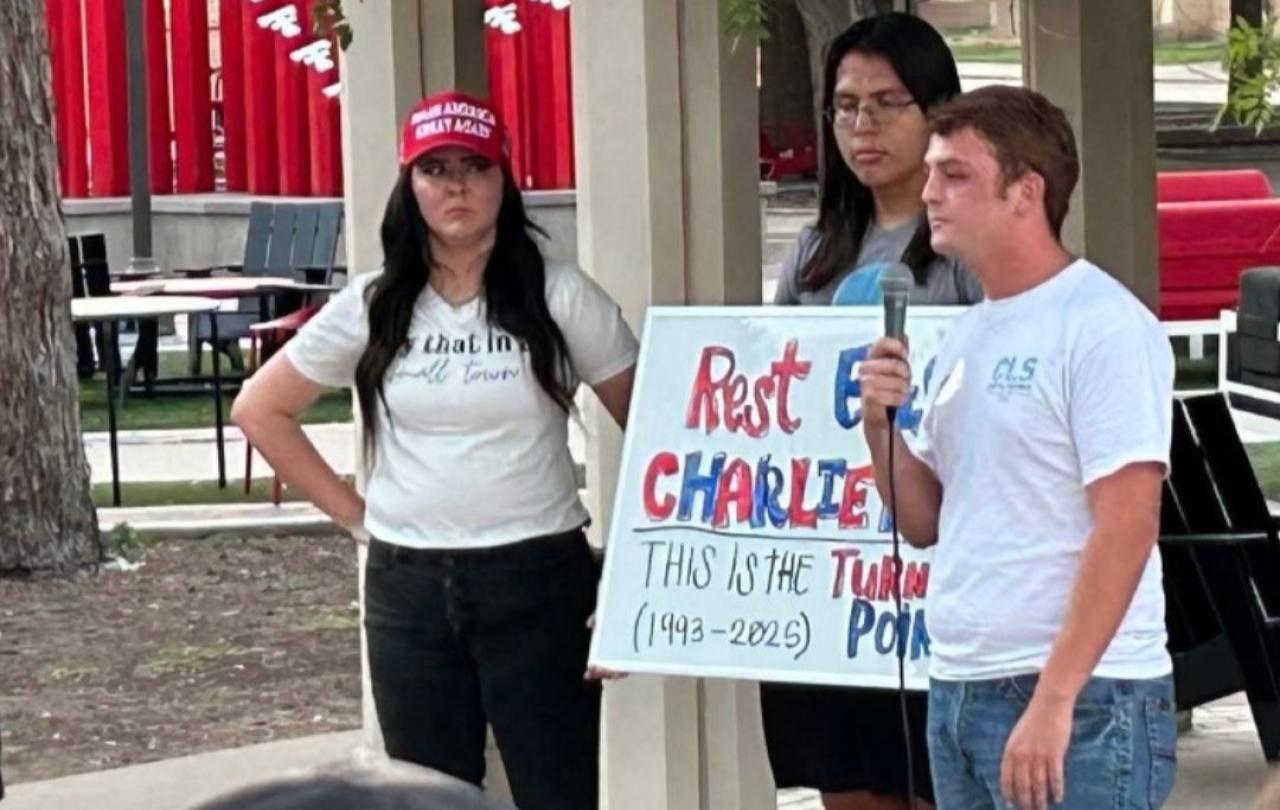
Alan Nichols’ application for euthanasia mentions only one health condition as the reason for his request: hearing loss. “Alan was basically put to death,” according to his brother. He was hospitalized after being found dehydrated and malnourished in his house. He asked his brother to “bust him out” of the hospital as soon as possible. A month after being admitting, he was euthanized through MAID (medical assistance in dying), despite the desperate objections of his family and his primary health practitioner. They were informed of the procedure over the phone only four days before it took place. They have since reported Alan’s case to the police; they argue he was not in a fit state of mind to understand the procedure or make decisions for himself. He had no life-threatening conditions. He was vulnerable.
Canada’s relaxed laws around MAID came to international attention when CTV News reported that a fifty-one-year-old woman chose MAID after failing for two years to find housing that would allow her to manage her multiple chemical sensitivities. Despite the best efforts of friends and even her doctors to get her suitable housing in Toronto, letters left behind documented her desperate yet fruitless search for help. She begged officials at all layers of government to help find an apartment free from the chemicals and cigarette and marijuana smoke that worsened her symptoms. “The government sees me as expendable trash, a complainer, useless and a pain in the a**,” she said in a video days before her death.
These are only some of the terrible stories that have been reported after Canada became the first Commonwealth country to legalise assisted suicide and euthanasia. Advocates of MAID will point to how comfortable Canadians are with it. As a recent poll revealed, MAID is supported by 73 per cent of Canadians, with 27 per cent supporting MAID even if the only affliction is poverty, 28 per cent for homelessness, and 20 per cent for any reason whatsoever. Those numbers may shift as disability activists and medical professionals continue to raise the alarm over the consequences of growing numbers choosing MAID, from 2,838 deaths in 2017 to 10,064 in 2021.
MAID was introduced in 2016... Only those suffering from incurable diseases whose death was “reasonably foreseeable” were eligible, initially.
There are two reasons why the Canadian example teaches us to remain firmly opposed to the legalisation of assisted suicide and euthanasia in the UK.
The first is that the slippery slope in this case is real. Campaigners for Dignity in Dying claim they want only the legalisation of assisted suicide, not of euthanasia. The latter involves a doctor directly administering lethal drugs, without requiring the patient’s participation. (MAID permits both, although euthanasia is the method used in 99 per cent of cases.) They argue there is no evidence that legalising assisted suicide in the UK would lead to a loosening of laws over time. But this is contradicted by the timeline of events in Canada.
MAID was introduced in 2016 following the Supreme Court of Canada’s ruling in 2015 that the criminalisation of assisted suicide violated the Canadian Charter of Rights and Freedoms. Only those suffering from incurable diseases whose death was “reasonably foreseeable” were eligible, initially. But the MAID evangelists did not wait long before complaining that this was too restrictive. The courts obliged, and in 2019 the court of Quebec found the “reasonably foreseeable” condition to contravene the Charter. In 2021 the laws were changed to allow MAID for those whose natural death was not foreseeable, but who have a condition considered intolerable by the applicant. Those suffering only from mental illnesses will be eligible for MAID in March 2024.
The slope becomes more slippery still: the government is considering further expansion to allow “mature minors”, vaguely defined as children mature enough to make their own treatment decisions, to ask to be killed, even against a parent’s wishes.
A society that kills those who ask to be killed has already made a choice to consider some lives not worth living,
The second lesson is about what kind of society we want to be. For a doctor to present the option of being killed, which Canadian doctors are now obliged to do whenever “medically relevant”, even if the patient does not bring it up first, does not expand patients’ freedom. It is rather an invitation to despair. This is frequently forgotten when some think that denying patients the choice to seek death is “imposing Christian values” as one cleric of the Anglican Church of Canada said. Roman Catholics, Evangelical Christians, and others have opposed MAID because a society that kills those who ask to be killed has already made a choice to consider some lives not worth living, and to invite those already made vulnerable by their pain and distress to see themselves as a burden to others. Not to mention the perverse incentives created to reduce medical and palliative care.
We can and should support those who are frail and in need of care at the end of their lives to die with dignity, without hastening their deaths, without deeming their lives no longer worth living. Dame Cicely Saunders and other pioneers of the hospice movement have shown us what an alternative to assisted suicide and euthanasia would look like. Hospices put into practice the parable of the Good Samaritan, who responded with pity to the man beaten by robbers, bandaging his wounds and giving him a place to rest and receive care. Jesus tells the parable to show what it means to be a good neighbour to someone and how to react with compassion to suffering. What would have been the message of the parable if the Samaritan had instead reacted to the sight of the suffering man by reaching for his dagger?





